
Saurabh Ranjan
@saurabhbluebird
PhD Candidate in BCN Program @UF @UFPsychology
bsky.app/profile/saurab…
saurabhr.github.io
ID: 1579191744566009856
09-10-2022 19:27:20
476 Tweet
108 Takipçi
634 Takip Edilen









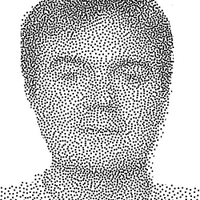


1/2 In 1998, Fields medalist Steve Smale posed 18 math problems for the next century, including: "What are the limits of intelligence, both artificial and human?" Yuan Yao (HKUST) said this question inspired him the most, at the Simons Institute. Video: simons.berkeley.edu/talks/yuan-yao…
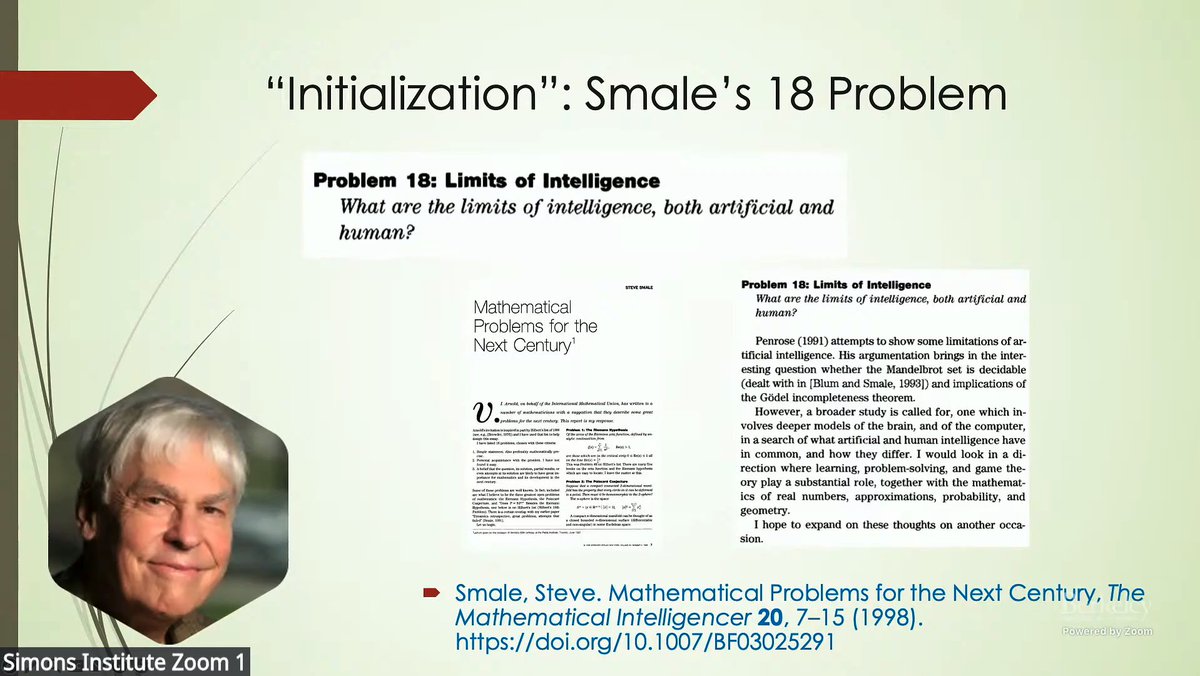
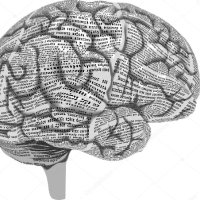






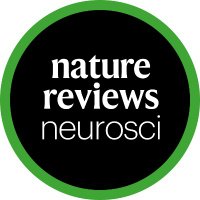

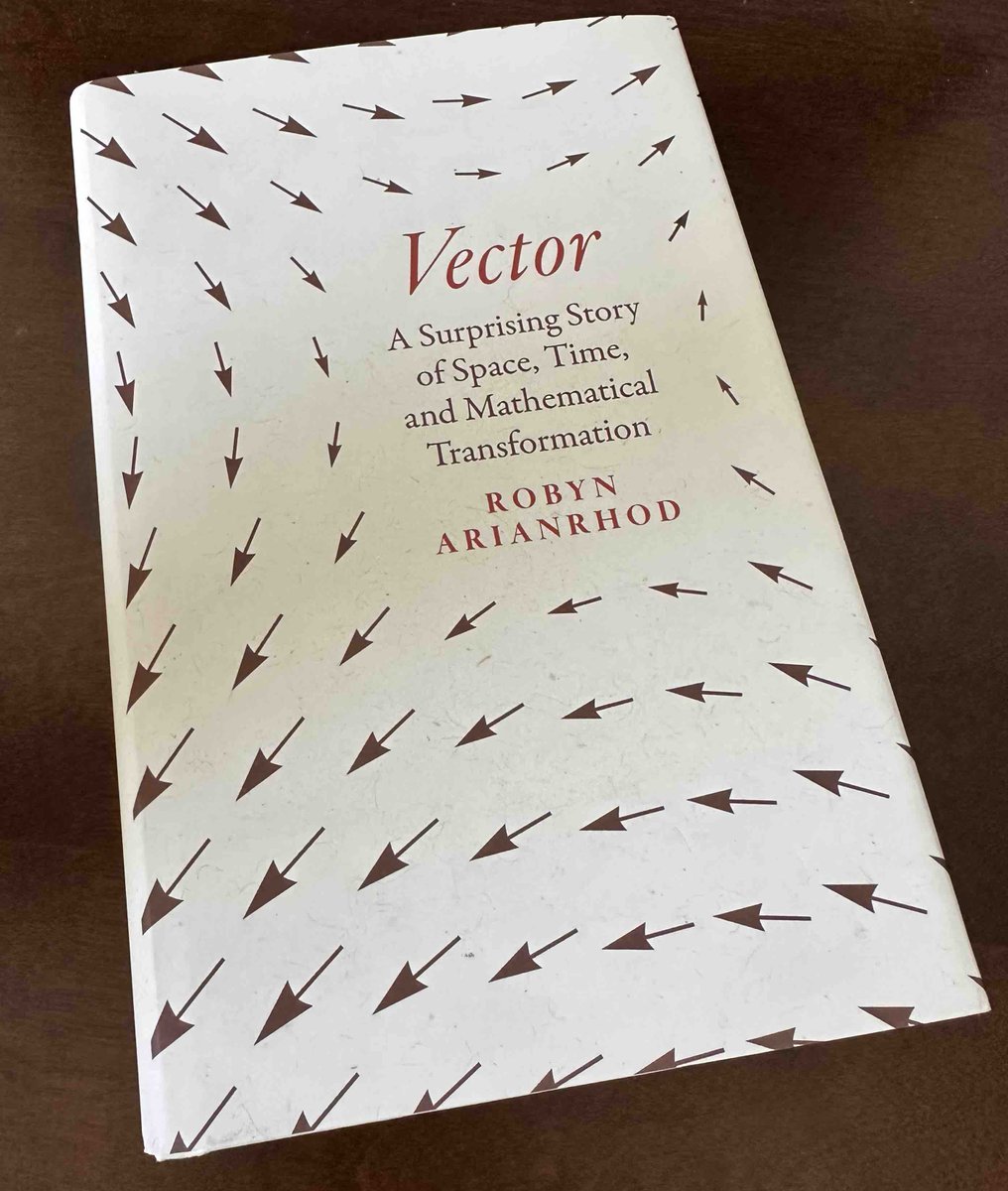
![Steve Stewart-Williams (@stevestuwill) on Twitter photo Psychologists have posited hundreds of cognitive biases over the years. A fascinating paper argues that they all boil down to one of a handful of fundamental beliefs coupled with confirmation bias.
[Link below.] Psychologists have posited hundreds of cognitive biases over the years. A fascinating paper argues that they all boil down to one of a handful of fundamental beliefs coupled with confirmation bias.
[Link below.]](https://pbs.twimg.com/media/Gx7oQszaAAAkJti.png)







